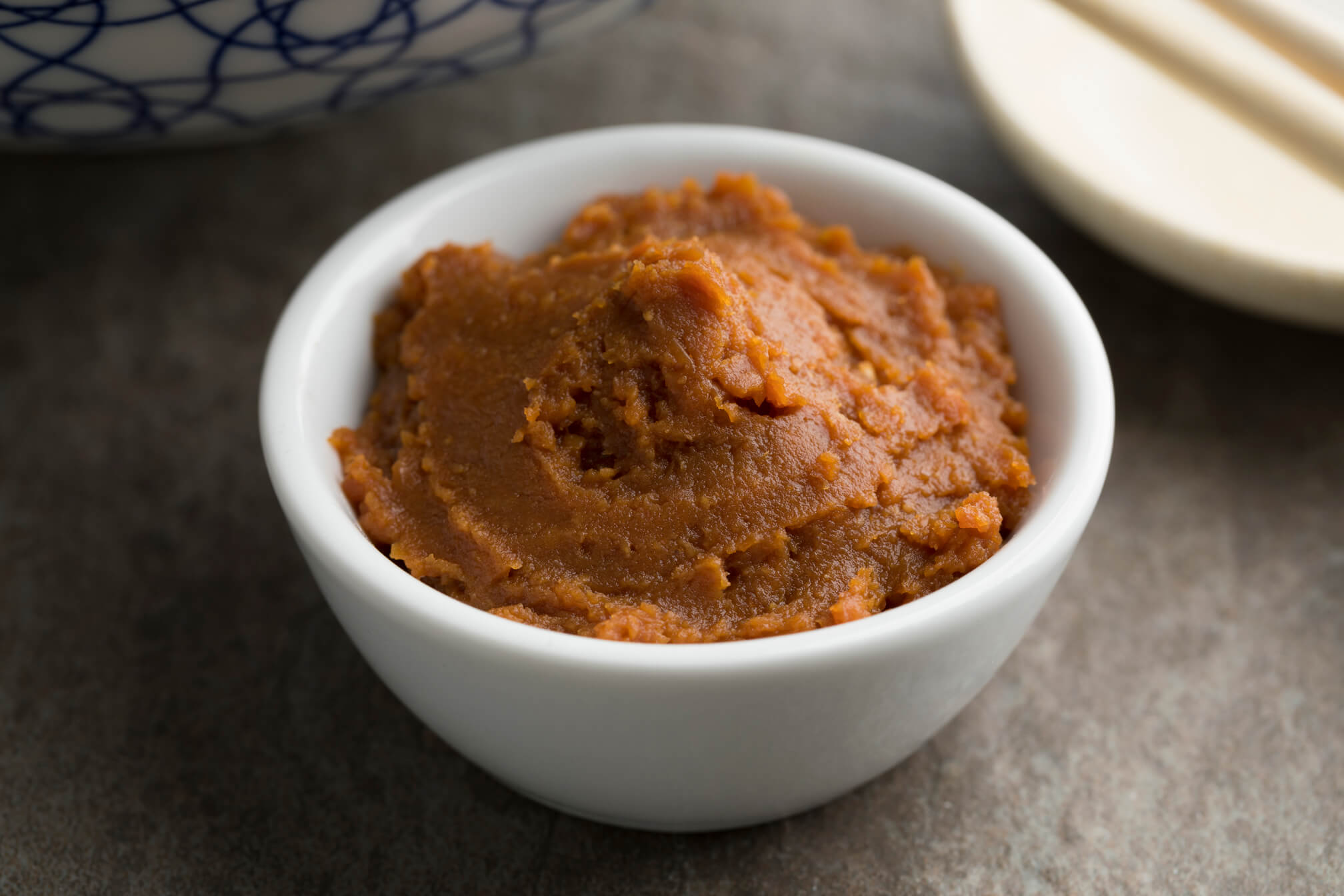So you want to cook Japanese food? Well a cook is only as good as their ingredients, so let's make sure you have a properly stocked cupboard first! Today on our blog we're going to look at some of the most essential Japanese food ingredients you need to make most Japanese dishes. Many Japanese dishes are made up with carefully balanced flavours but the seasonings that make up these complex tastes are usually made up from the same components.
For example, most Japanese foods that require a broth, such as Miso soup, ramen or udon noodle soup, start with a Dashi Stock base, and dashi stock is often made from Kombu, bonito flakes and wakame - all of which you should always have in your store cupboard!
So take this shopping list and check it off at SushiSushi!
1. SOY SAUCE

Soy sauce is one of the most basic flavourings in Japanese cuisine. When cooking Japanese food you use soy sauce instead of salt to add savory flavour. Soy sauce is made from brewed fermented soy beans, and you can use it as a dipping sauce too. Generally it's mixed with rice wine vinegar, mirin and sometimes chilli, ginger or spring onions to create a base for many dishes.
BUY SOY SAUCE2. RICE VINEGAR
Rice wine vinegar is of course, used for seasoning rice. To make perfectly seasoned sushi rice, you need to heat a pan of rice wine vinegar, 1 Tbsp of Sugar and 1 Tsbp of salt gently, until the sugar dissolves. You then pour this over the rice and stir well. Rice wine vinegar can also be used with soy sauce to make a dipping sauce which is great with oily fried foods like gyoza.
BUY RICE VINEGAR3. MIRIN

Mirin is a sweet rice wine which is used to add a slight sweetness to dishes. You'll often find it added to soup stocks, or to dumpling filling mixes.
BUY MIRIN4. SUSHI RICE

Sushi rice is a good all-round rice to have in the cupboard when cooking Japanese food. It's got a short grain, and gets sticky and glutinous when cooked. This is great if you're eating rice with chopsticks as it will clump together. Sushi rice is great for sushi but also goes well with Japanese curries and can be used to make onigiri.
BUY SUSHI RICE5. MISO PASTE

Miso paste is also a product of fermented soy beans, and it is often mixed with sea salt and rice to make a paste. This is the basis of miso soup, but it's also a great base for broths or for adding a great flavour to meats.
BUY MISO PASTE6. WAKAME
Wakame is a seaweed often used in Japanese cuisine. You'll often find it used in miso soup. It comes in dried form usually, and is softened by adding it to hot water. It's a great addition to any Japanese soup or broth as it has a subtle, sweet flavour and lots of vitamin power!
BUY WAKAME7. BONITO FLAKES
The bonito fish is a tiny variety of tuna, which is often dried then shaved into thin flakes which are used as the basis for many Japanese broths. The flavour is not overpowering or like tuna, and when heated in water to make dashi stock, bonito provides umami. It's a good idea to keep a stock of ready made dashi in your fridge!
BUY BONITO FLAKES8. KOMBU

Kombu is another element in Japanese dashi stock. It is a type of dried seaweed kelp, and the Japanese age it for great flavours. You will find in Japan Kombu maturing is a serious business, and the best restaurants always have a favourite trusted supplier.
BUY KOMBU9. SHICHIMI TOGARISHI
If you're a fan of popular chain Japanese restaurants in the UK, you'll notice this seasoning creeping on to the menu. Shichimi Togarishi is a spice mix that provides a sweet chilli heat. Use it on almost anything to add a little kick!
BUY NOW10. NORI

Nori is another dried, edible seaweed. This is the stuff which is often used to wrap maki sushi rolls, but you'll also find it cut up as a topping on ramen and soups.
BUY NORI11. NOODLES

You should also keep a variety of dried and vacuum packed noodles in your cupboard; these keep in date for ages so are very practical! Udon noodles and soba noodles are very popular for their taste and texture. Create a soup from chillies, ginger, garlic, dashi stock, soy sauce and rice wine vinegar then add noodles and veggies for a quick Japanese dinner!
BUY NOODLES12. WASABI

Wasabi is a paste made from a Japanese variety of horseradish. Real wasabi is very expensive as the root is very difficult to farm correctly, so most cheaper wasabi pastes are actually horseradish! The top sushi restaurants will have real wasabi freshly grated from the root into a paste. It's a firey accompaniment to sushi, but also great with meats.
BUY WASABIJAPANESE FOOD INGREDIENTS
Trying to make a list of the top 12 Japanese Food ingredients isnt easy! As you can see from our store, there are thousands to choose from. But if you're starting out buying Japanese food ingredients, this is a great place to start. You can shop for Japanese food ingredients in our store.




